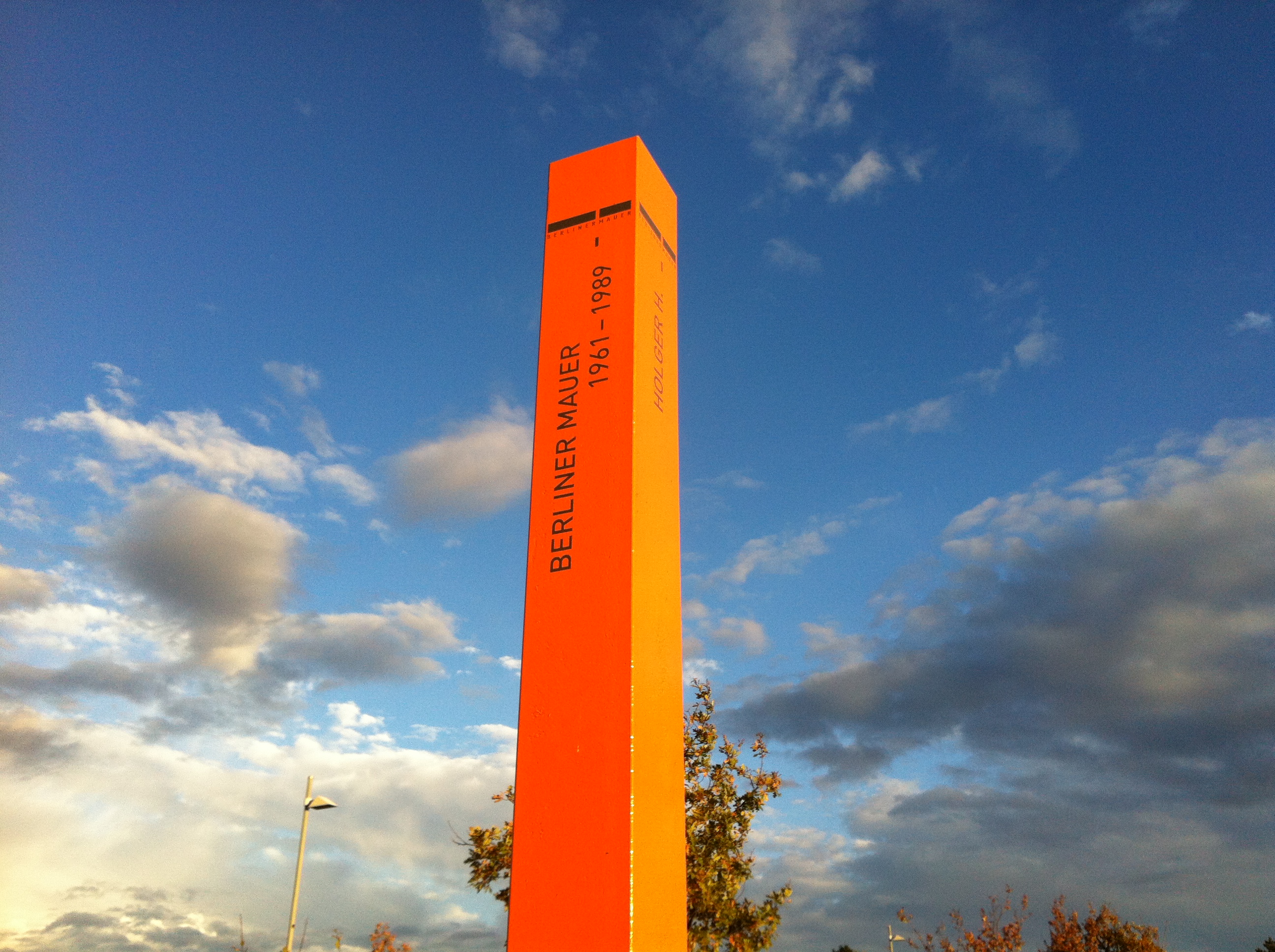A Sunday bike tour of a forgotten corner of Berlin, along the Mauerweg immortalized by Tilda Swinton in the documentary film The Invisible Frame.
By the end of the nineteenth century, the booming city of Berlin had completely outgrown its existing system of small city cemeteries. Located for the most part just outside the original medieval walls, these last resting places were now well inside the heart of the metropolis. Wise city fathers identified a large tract of land just outside what would become the new city boundary of Greater Berlin, in the village of Stahnsdorf. The new cemetery would follow the innovations in America and Britain of a ‘garden cemetery’, not just a place of mourning but a place to relax, contemplate, and savor the beauty of nature.
And so the Berlin South-West cemetery was created in the early 1900s. With large, open meadows and charming wooded areas (and its very own cemetery train, a spur from the Wannsee S-Bahn station), it soon became the ‘status’ cemetery for the leading lights of the city. Politicians, artists, writers, and generals sought out plots in the South-West cemetery right up through the 1920s and 1930s, and funeral trains for the biggest names became major social events.
Luminaries like F. Murnau, the director of the original Dracula movie, Nosferatu. Artists like Heinrich Zille, the cartoonist who satirized the burgeoning new Berlin. And even two areas reserved for British and Italian soldiers who died in German prison camps in World War I.
Of course, like everything else, 1945 put paid to all that. The cemetery, while remaining open for burials, found itself awkwardly straddling the border between the American sector of Berlin and the Soviet occupation zone (later the German Democratic Republic). Cut off from its ‘customers’ so to speak, the cemetery languished in half-decay until major restoration work could begin in the 1990s.
The cemetery was also just a few kilometers away from Allied Checkpoint Bravo, the transit point for Autobahn traffic to West Germany. While everyone knows Checkpoint Charlie (the control point between West and East Berlin), the other two, Alpha (at the West German border) and Bravo, are nearly lost to common knowledge. Yet there it still is today, the abandoned East German controls, a crumbling travel cafe, the old border crossing, and the bridge that still tries to guide passenger cars, busses, and trucks to their correct processing lanes with faded white paint. A true ghost of Cold War history, sharing a corner of the metropolis with some of the most famous Berlin haunts of them all.









































